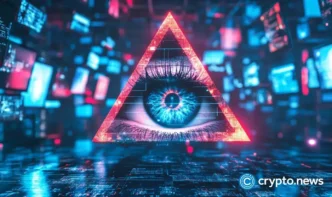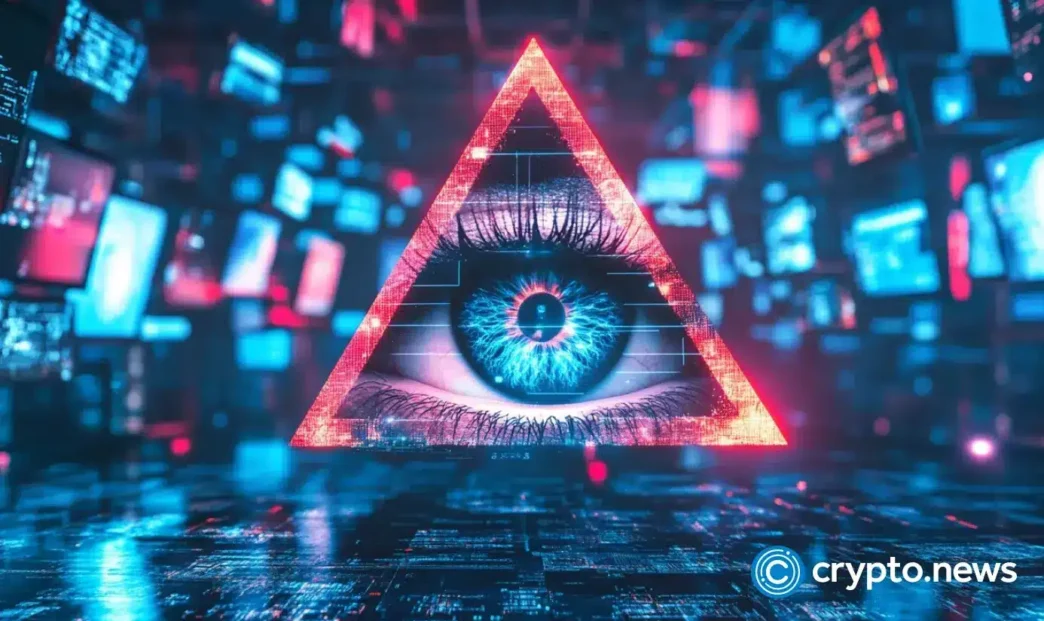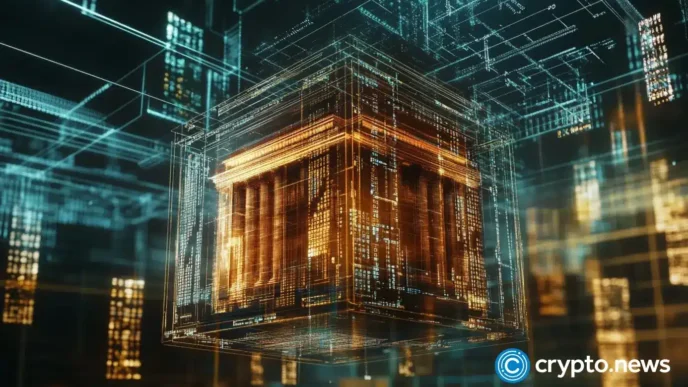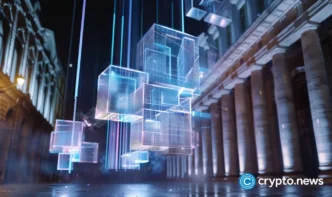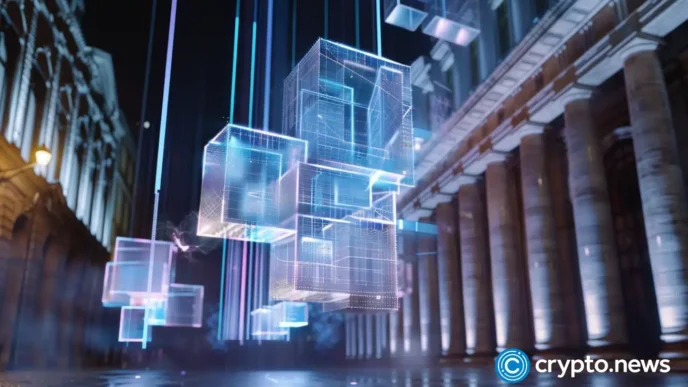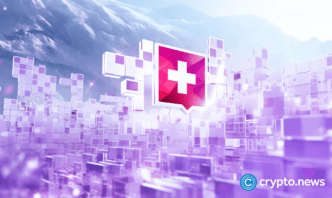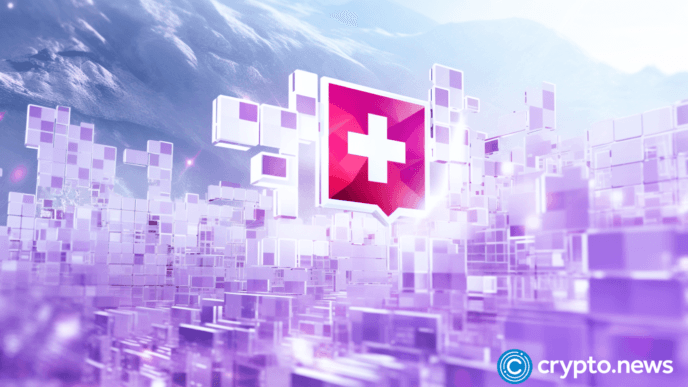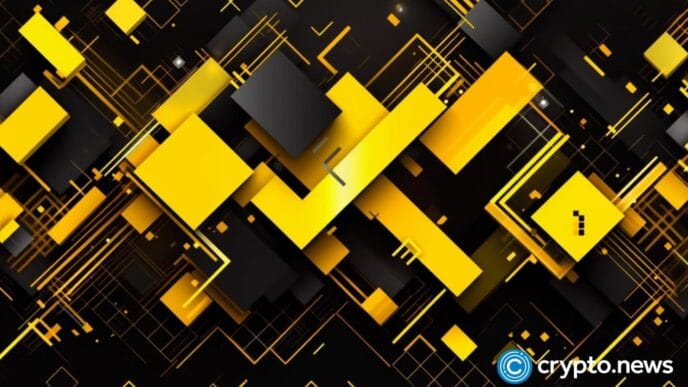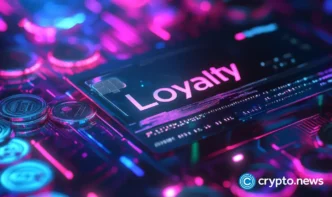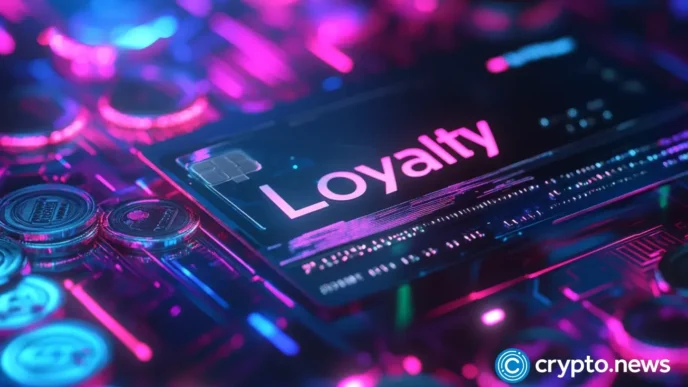[ad_1]
Disclosure: The views and opinions expressed here belong solely to the author and do not represent the views and opinions of crypto.news’ editorial.
The centralized model that has dominated AI research and development is approaching its limit. In a recent Fortune article Vivek Wadhwa, a notable spokesperson for AI and machine learning tech, argued that AI is moving past LLMs and into something more human.
It is becoming increasingly clear that in order to realize the future of AI development in the creation of artificial general intelligence, or AGI, the industry must adopt novel methods of development, including the decentralization of AI models and the physical embodiment of those models.
Complexities in decentralization
However, the challenges in creating true AGI are numerous and complex. We’re currently grappling with a myriad of issues with data scarcity, computational limitations, and regulatory hurdles. Traditional AI systems, while highly impressive, are fundamentally limited by their centralized nature and lack of real-world interaction. To overcome these obstacles, we must embrace a decentralized, blockchain-based approach that extends into the physical world.
The advantages of a blockchain-based AGI development are manifold. It allows for unprecedented scalability, transparency, and security in decision-making processes. By distributing computation across a network of nodes, we can harness collective computing power far beyond what any single entity could achieve.
Though many critics dismiss the potential of blockchain technology to help advance the AI movement, it does, in fact, offer a compelling solution to many of the current limitations in AI development. By leveraging distributed computing and consensus mechanisms, we can open up and accelerate AI research and create a clear path to AGI that isn’t controlled by a handful of corporations.
Additionally, AGI cannot exist solely in the digital realm. To truly understand and interact with our world, it must have a physical presence. This is where projects like Optimus AI come into play. These advanced robotics initiatives are not just significant developments in their own right; they are essential components in the creation of AGI.
Superintelligence needs a body
Optimus AI and similar humanoid robots represent the bridge between digital intelligence and physical reality, which is already evident in the number of comments plaguing X that Optimus was a human-controlled robot and not AI. However, such developments provide AGI with the means to gather real-world data, learn from physical interactions, and develop more accurate world models. This embodied approach to AI is crucial for creating intelligence that can truly understand and operate in our complex, three-dimensional world.
The integration of blockchain-based AGI with physical robotics creates a powerful opportunity for machine intelligence that borders what we currently conceive of as science fiction. Imagine a decentralized network of AI-powered robots, each contributing to a shared intelligence that grows and evolves through real-world experiences. This distributed, embodied AGI would be far more adaptable and capable than any centralized system confined to server farms.
Of course, there are challenges to overcome in realizing this vision. We must address issues of energy consumption, computational speed, and the physical limitations of mechanical robots.
However, these are not insurmountable obstacles. As AI continues to advance, it will play a crucial role in solving these very problems, from improving energy efficiency to designing new hardware architectures optimized for AGI.
The economic implications of a decentralized, embodied AGI are profound. By distributing the benefits of AI across a broader network, we can mitigate job displacement and create new economic opportunities. Individuals could potentially “own” a piece of the AGI network, allowing their personal AI to work for them and reclaim control over their time and resources.
Governance of such a system will be a critical consideration. Initially, we may rely on quorum-based decision-making, but as the AGI evolves, we should aim for a governance structure that incorporates AI itself, guided by inclusive and unbiased data to minimize human prejudices.
AGI needs blockchains and robotics
As we move forward, it’s crucial to recognize that AGI development is not just about creating a disembodied superintelligence. It’s about building a system that can understand, interact with, and improve our physical world. The combination of blockchain technology and advanced robotics offers us the best path to achieving this goal.
By embracing this approach, we can create an artificial intelligence that is not only incredibly powerful but also aligned with human values and capable of addressing the complex challenges facing our world. The journey to AGI will be long and challenging, but by harnessing the power of blockchain and robotics, we are taking crucial steps toward a future where artificial and human intelligence can coexist and thrive together.
[ad_2]
